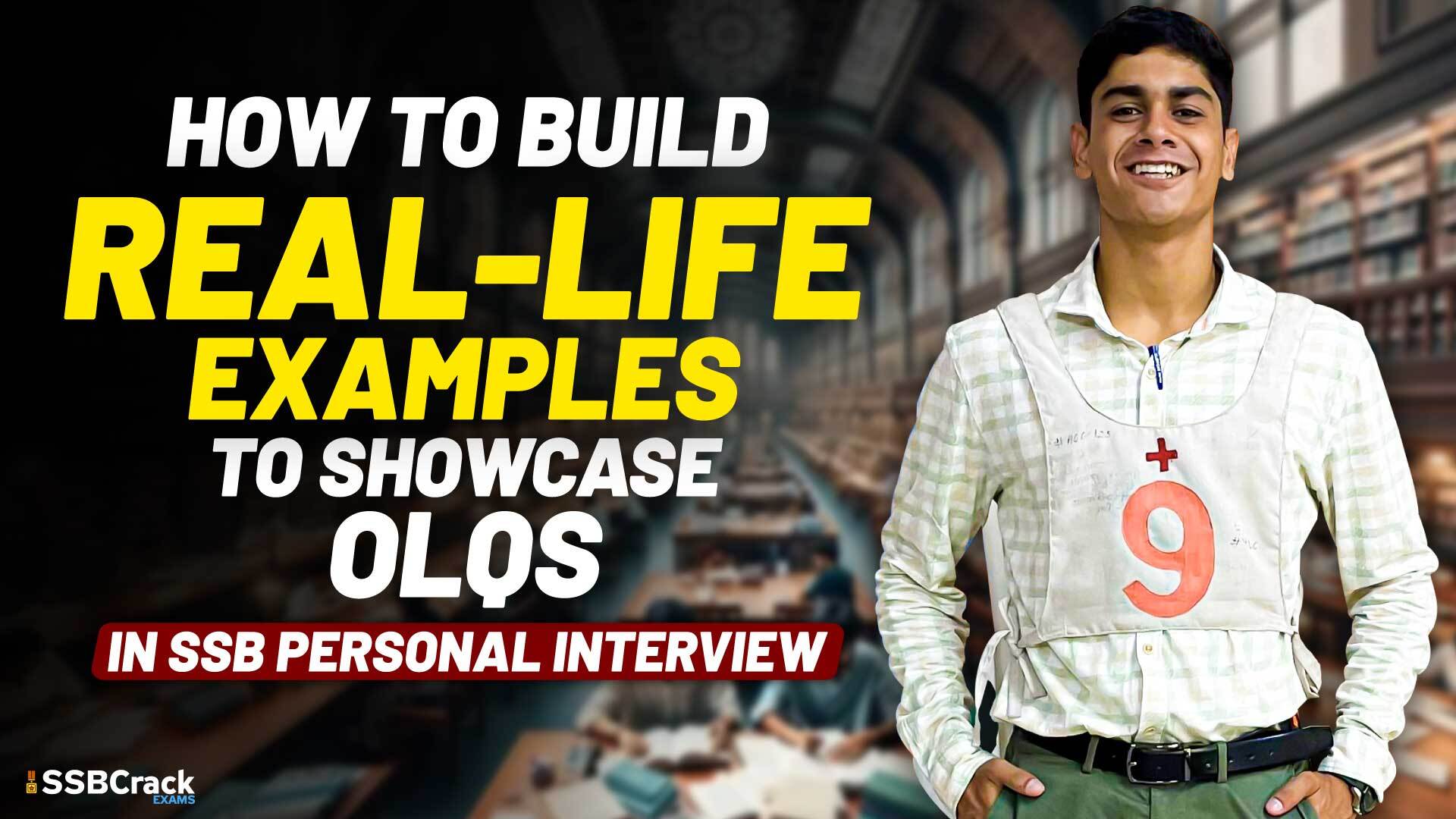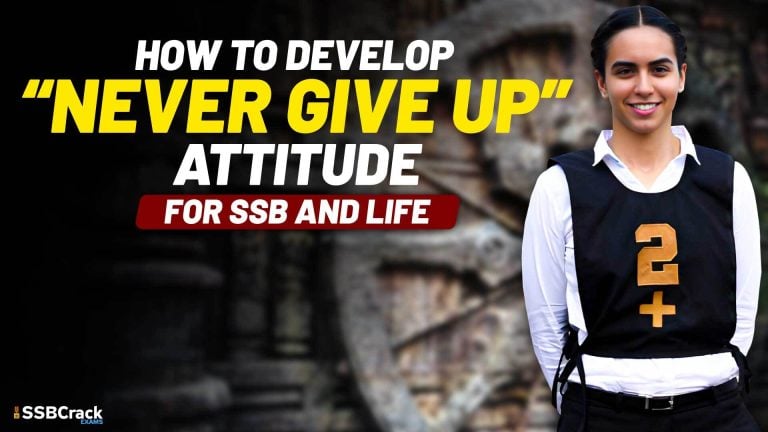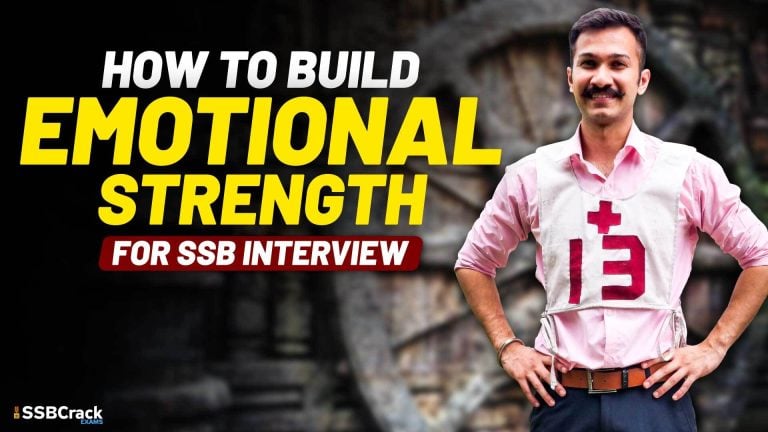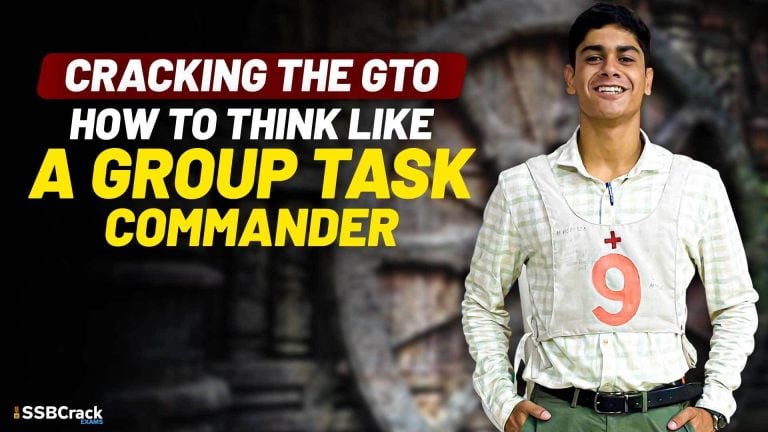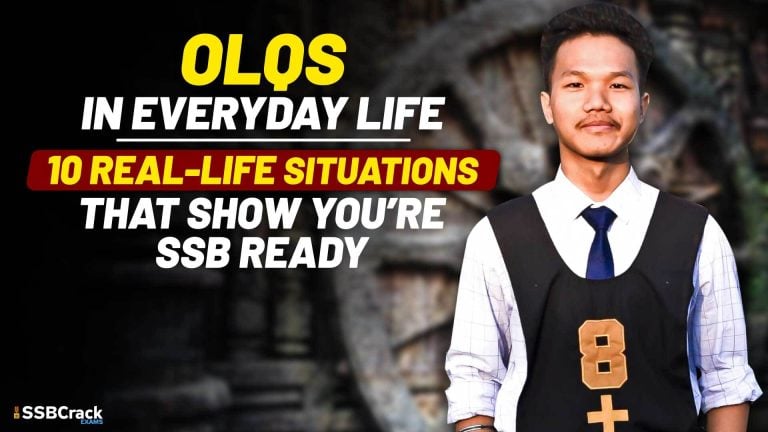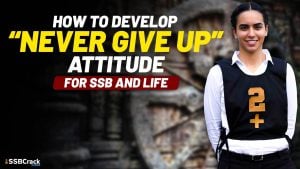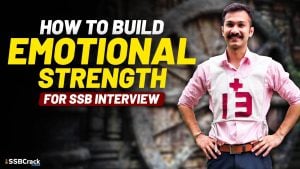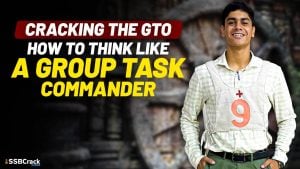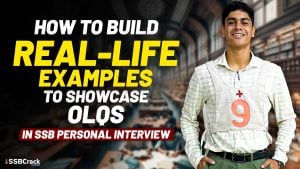In the SSB Personal Interview, you’re not judged by how perfectly you answer — but by how authentically you demonstrate Officer-Like Qualities (OLQs).
The Interviewing Officer (IO) doesn’t want rehearsed textbook answers. They want to know:
👉 “When did you actually live these qualities in real life?”
That’s why being able to give real-life examples — from school, college, work, sports, or home — becomes your biggest strength.
This article will guide you on how to build, recall, and express such examples confidently during your interview.
1. Understand the Power of Real-Life Examples
When you say “I am a team leader” — it’s just a claim.
But when you say,
“In my college fest, our logistics team ran short of volunteers, so I divided roles quickly, motivated others to stay late, and ensured the event finished smoothly,”
the IO sees a real incident that proves your leadership, initiative, and responsibility.
Lesson: Show, don’t tell.
2. Identify Your Key Life Domains
Divide your life into 5 broad areas — each can offer strong examples:
- Academics – handling tough subjects, projects, or competitions.
- Sports – teamwork, discipline, courage.
- Social/Community Work – helping others, responsibility.
- Home/Family Life – managing duties, decision-making.
- Workplace/Internships – professionalism, leadership, adaptability.
Reflect on moments where you took initiative, solved problems, or handled challenges — those are your OLQ stories.
3. Link Each Example to a Specific OLQ
Once you have your stories, link them to the quality they highlight.
Here’s how:
| OLQ | Example Prompt |
|---|---|
| Leadership | “When I led a small team under pressure…” |
| Team Spirit | “When I supported a weaker teammate to complete the task…” |
| Sense of Responsibility | “When I managed home duties during my father’s absence…” |
| Courage | “When I stood up for what was right despite opposition…” |
| Effective Intelligence | “When I found a quick solution to a real-life problem…” |
You don’t need one story for each OLQ, but a few strong, authentic examples can show multiple qualities together.
4. Use the STAR Method for Clarity
Structure your answers using the STAR format:
- S (Situation): Brief background.
- T (Task): What was expected of you.
- A (Action): What you did.
- R (Result): What happened / what you learned.
Example:
“During a college hackathon (S), our system crashed an hour before submission (T). I quickly coordinated with my team, reassigned coding roles, and fixed the core error (A). We submitted on time and won 2nd place (R). It taught me calm decision-making under stress.”
5. Practice Natural Storytelling
Rehearse narrating your examples aloud — not like memorized speeches, but as if you’re reliving the experience.
Keep your tone confident, your expression genuine, and end every story with a positive takeaway.
Conclusion
When you share real experiences, you don’t need to pretend to have OLQs — they shine through naturally.
So, before your SSB, spend time reflecting:
- “When did I lead?”
- “When did I face a challenge?”
- “When did I help someone?”
Those stories are your strength. Because in the interview room, the best impression is made not by big words — but by real moments that reveal your true character.
Remember:
“Facts tell, but stories sell — and your life is already full of stories worth telling.”
